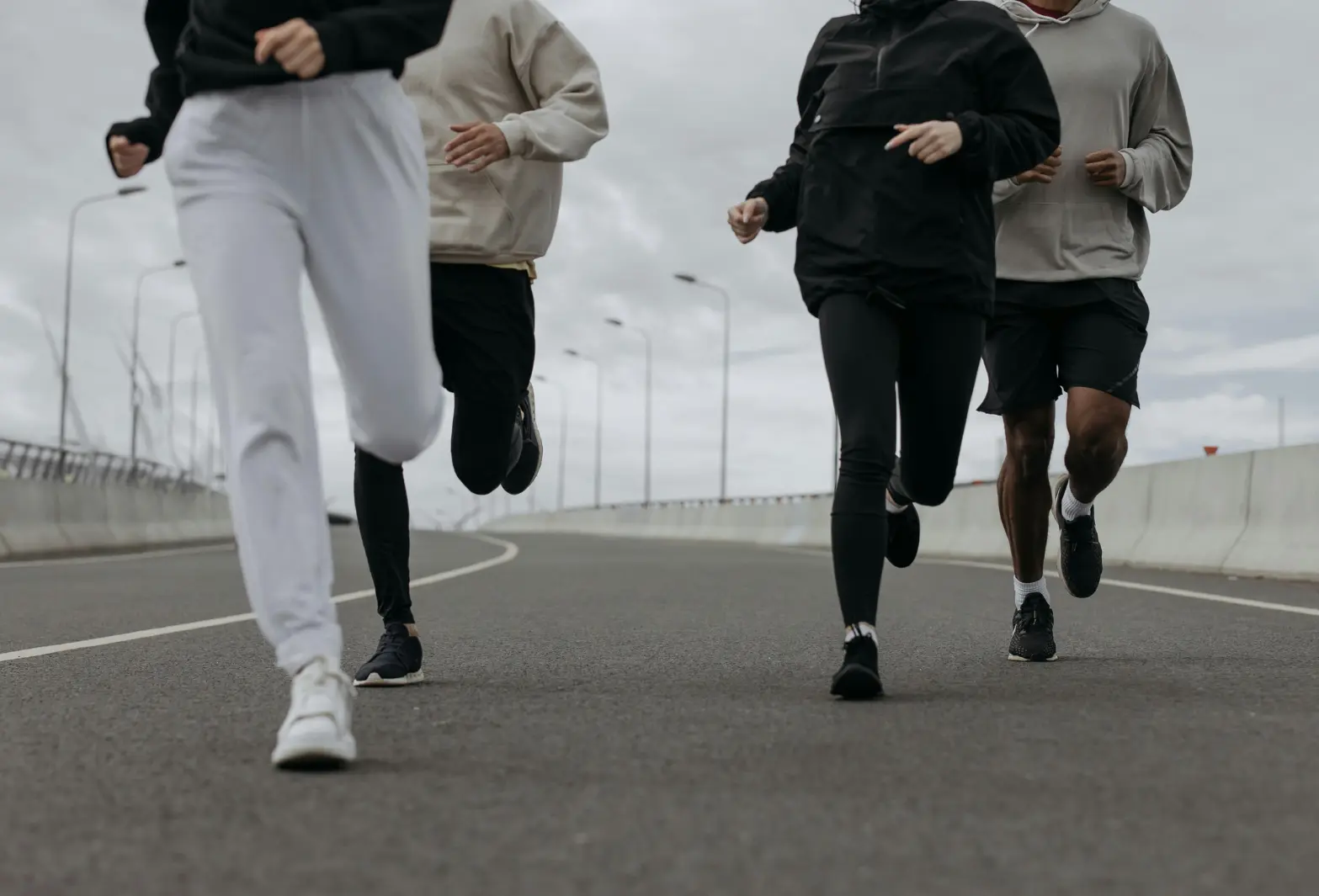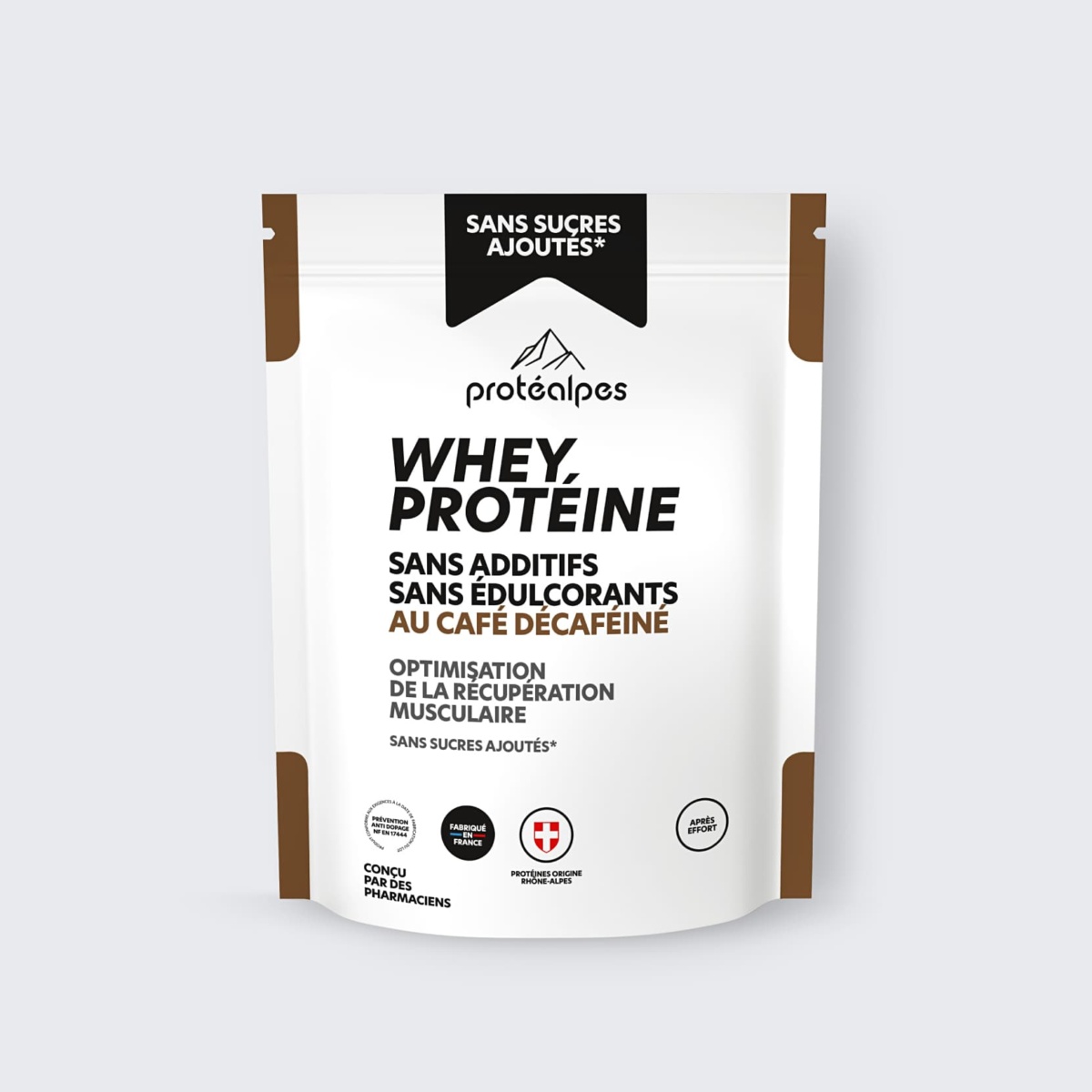The use of cardio is effective in dry weight training. It helps to make the calorie balance negative at the end of the day and to shape the muscle, which is the desired effect when you want to lose fat. But how much cardio should you do when you're drying out? Should it be done at the beginning or end of the session?
There's no such thing as an ideal amount. It all depends on theintensity of the exercise and when you do it. We take a look at the role of cardio in weight loss, how long you should exercise and how to optimize results without losing muscle mass.
Why do cardio during a dry run?
Should I do cardio when I'm drying off?
When we talk about cardio, we're talking aboutcardiovascular endurance. While it's up to each individual to decide whether or not to use cardio during a dry run, according to scientific research, the benefits of cardio are real.
Cardio and weight loss, what's the link?
The principle of weight loss is to lose weight without losing muscle. As with a more traditional diet, this involves a calorie balance. There are two ways (which must complement each other) to make this balance negative, i.e. to spend more calories than you consume:
- firstly, by increasing expenditure;
- secondly, by reducing food intake, while ensuring that the diet is adapted to the dry period.
Cardio training helps increase energy expenditure to achieve a negative calorie balance.
What are the benefits of cardio during a dry run?
There are many reasons to do cardio. As far as the benefits for weight loss are concerned, cardio is more energy-intensive than weight training, and will tend touse lipids as an energy substrate, which is what you want to lose in fat tissue. In other words, it makes it easier to burn calories.
It also helps improve cardiovascular health, which is good for life expectancy, and also helps the body recover better between muscle-building sessions.
How does cardio affect muscle mass?
Cardio sessions also helpaccelerate the body's energymetabolism. At muscular level, this option promotes fat burning throughout the day, which is particularly useful when you're looking to shape your muscles.
It also brings about metabolic changes in skeletal muscle by increasing mitochondrial density, which is important for optimizing fat consumption.
This mechanism contributes to caloric loss without drawing on muscle reserves, which is a risk if there is an excess of cardio, one of the common mistakes in dry training. In this sense, muscle recovery is important, and rest should be considered as a performance factor.
How much cardio should you do during a dry run, and how often?
The duration of a dry cardio session
It all depends on its intensity, the experience of the athlete concerned, his or her physical condition and whether or not the effort is considered as active recovery time. So it's hard to give a precise duration. However, most dry cardio workouts last between 20 and 45 minutes , depending on intensity.
For a very intense HIIT-type effort involving a series of short sets, the duration will be 20 to 25 minutes. At low intensity, on a rowing machine or bike, a cardio session can last between 30 and 60 minutes, depending on the subject's level of fatigue.
The ideal duration of 40 min is part of the conventional wisdom on dry training. It is linked to an erroneous interpretation of energy substrate utilization curves, but does not take into account the intensity of the effort and the physical fatigue of the subject, two important parameters.
For anendurance programadapted to a dry period, a coach is the best advice to follow.
Recommended weekly frequency
Here again, it is unrealistic to give a precise measurement. Depending on the individual 's state of fitness and the phase in which he or she is drying out , recommendations may vary within the same program. However, the most important thing to remember is togradually increase the number of physical sessions per week.
While a beginner can lose body fat with 3 sessions a week, an experienced athlete will be able to see the effects of his or her weight loss from 4 to 5 weekly sessions onwards.

When to do cardio: before or after weight training?
The combined cardio-muscu
The aim in dry weight training is to optimize your energy expenditure so that you have enough energy to keep up your performance during weight training. So, yes, you can do cardio when you're drying out, as long as it's used in conjunction with weight training , which isn't aimed at gaining mass but at maintaining muscle volume.
It's best to opt for a combined approach, as you'll benefit from the advantages of cardio (discussed earlier in this article) and those of a resistance training program. The latter promotes muscle growth, increases strength and power, and strengthens bones, tendons and ligaments.
And for those worried about losing performance, studies show that a sports program that alternates endurance and resistance training has no impact on maximum strength or muscle hypertrophy compared to strength training¹. Only explosiveness seems to be affected, particularly if the two efforts are combined in the same session.
We recommend waiting, preferably at least 3 hours, between weight training and cardio.
When to optimize cardio for drying?
The first thing to avoid is doing your session just before weight training. This is the best way to arrive tired when it's time to lift the bars and miss out on your session. However, that doesn't mean you can't do a bit of rowing as a warm-up at the beginning of your session.
For the same reason, avoid intense running or HIIT after barbell training. If, due to scheduling constraints, this is the only time to do cardio, then low-intensity effort is preferred.
After training, glycogen reserves are low and the body risks drawing on amino acids within muscle proteins. The risk is therefore to lose muscle rather than fat mass.
On this subject, although calorie intake is slightly lower than required to induce tissue (ideally fat) loss, protein intake must be maintained at 1.3 to 1.8 g/kg/d (all proteins combined) to avoid loss of muscle mass. Maintaining these intakes enables you to "save muscle" during periods of calorie restriction. Please note, however, that this does not mean cutting out carbohydrates and fats, which are still very important. The aim is to gradually and slightly reduce the latter, while maintaining the protein intake mentioned above.
For any intense cardio sessions that risk fatiguing the body, it therefore seems wiser to schedule them on days when there's no weight training. It's also a way of maintaining a minimum level of daily physical activity.
What type of cardio should I use when I'm drying out?
There are many different forms of cardio physical activity.
Low-intensity cardio
It's also known as LISS for Low Intensity Steady State. Fast walking, low-intensity cycling, this is the kind of exercise to be performed at a heart rate of around 70% of FC Max.
The advantage of LISS is that it enables you to hold out longer andavoid fatigue. Its disadvantage, on the other hand, is that it has little muscular impact.
High-intensity cardio
This is (among other things) the famous HIIT for High Intensity Interval Training: short, intense series where the aim is to consume a maximum number of calories in a minimum amount of time.
The advantage of HIIT is that you burn a lot of calories and continue to do so post-exercise. This is known as the "after burn effect ". It helps maintain muscle mass and prevent muscle loss. Cardio, on the other hand, is more difficult, and the risk is to increase fatigue, which is counter-productive during a lean period.
HIIT or LISS, which cardio should you choose?
It's difficult to prescribe a specific form of cardio, as the choice of dry exercise depends on the fitness level of the user, the time of day and the objective.
Adaptation depends on the intention: if cardio is used to promote active recovery, it's best to opt for a low-intensity activity such as brisk walking.
It also depends on the target audience: a person who has never done endurance training can start with low-intensity exercises to get used to the type of effort involved. Regular exercisers, on the other hand, can do a mix of low and high intensity, depending on their training schedule.
Conclusion
Cardio is an effective solution for optimizing your weight loss, provided you adapt its intensity, duration and timing. It complements bodybuilding sessions and promotes energy expenditure, without damaging muscle volume if the training approach remains progressive and personalized. Choosing the right type of cardio to suit your needs, level, objectives and recovery is essential for successful weight loss. Strategy, regularity and adaptation are the keys to refining your figure while maintaining your performance.















